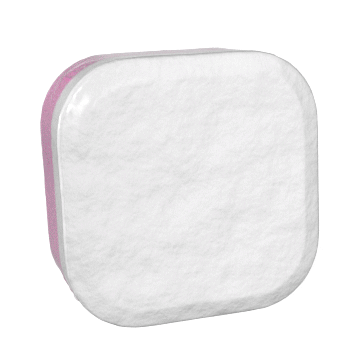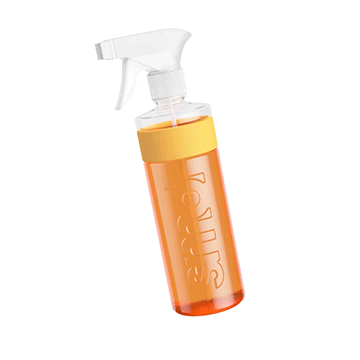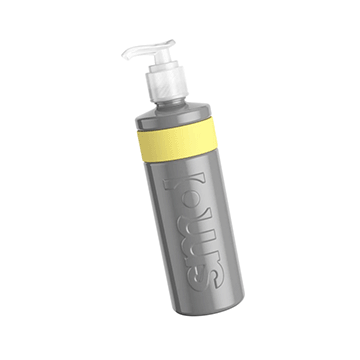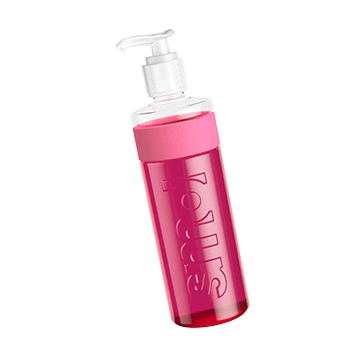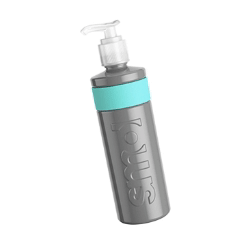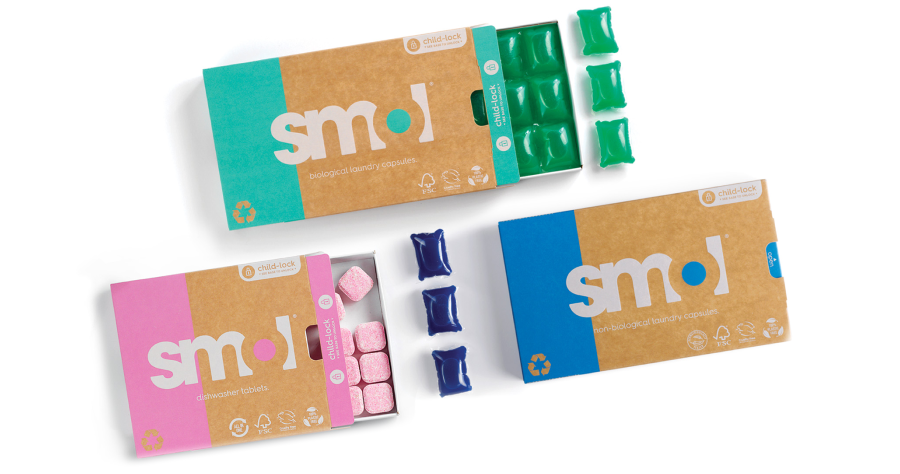Most of us are feeling the impact of the recent cost of living increase. We’re noticing it in the price of our food shop, our energy bills and the price of our fuel. It’s important for us to know exactly how much things are. But what about the cost of doing our laundry?
Our wash-o-meter is a great place to start for a fun and interactive way to get an idea of your wash costs but we wanted to delve a little deeper into…
...what costs go into a wash?
Not surprisingly of course, there’s no neat ‘one size fits all answer’ as many factors affect the cost; how much energy does your machine use? How big is your machine? Which cycle are you choosing? What’s your energy tariff?
But let’s see what sense we can make of things first, and then we’ll get into the costs.
Energy.
That’s a good place to start.
And the energy efficiency rating of your machine is key. We’ve had the old energy label for over 25 years which helped guide our purchases and encouraged manufacturers to develop better washing machines.
And this energy rating will make a difference to the cost of your wash

But it also saw most machines being classed in the A range which was confusing, so the system was given a refresh (March 2021). No more A+, A++ and A+++ to D ratings but instead a simple scale from A to G.
The new scale is designed so fewer products can achieve the A rating (which should pressure manufacturers to make even more energy efficient products). The most efficient products currently available will generally now be labelled as B, C or D.
Currently most of us pay 34p per kWh for electricity.
A typical D-rated 9 kg machine uses 0.76 kWh per cycle, which works out at 26p per cycle. An A-rated machine uses just 0.49 kWh per cycle, so the cost drops to just 16p per load.
Although most energy suppliers charge the same for power used in the day or the night, some electricity tariffs like Economy 7 or Economy 10 benefit from off peak hours of electricity between 10pm and 8am. Some stats show savings of 50% when using off peak electricity (loveenergysavings.com) which could make a huge difference to cost per wash.
The final point to consider with energy-use is that the temperature of your wash is going to affect the cost of your wash. Which? found that washing at 20°C can save you up to 62% on running costs so the cooler you can keep things the better.
Something to watch out for.
It has recently been reported that the National Grid is considering giving money to people who cut back on their energy between 5pm and 8pm in the form of rebates.
It is understood that they have applied to energy regulator Ofgem for permission to put the scheme in place that pays people a rebate of as much as £6 per kWh to households that cut their usage - with this coming into effect by late October 2022.
Water.
The amount of water your machine uses to complete each cycle is also going to impact the cost of each wash.
But as with energy-use, the actual volume of water used is going to vary depending on your machine with HE (high efficiency) models using less water.
A more water-efficient washing machine which is B-rated might use just 36 litres of water per wash cycle compared to an F rated machine that went through 47 litres of water.
Then the actual cost of your water will vary depending on your supplier, however, an average household on a water meter can expect to pay around 19p for 47 litres of water (based on combined supply and waste charges according to Southern Water). So the B-rated machine would cut the water cost from 19p a wash (in the F-rated machine) to a much lower 14.5p
A word on cycle choice.
This counts too.
Using quick wash cycles could cut your energy cost per wash right down and reduce water use also. It’s a great option for washing lightly soiled clothes but it’s not going to give the same cleaning performance so if the laundry is quite dirty you might find yourself needing to rerun a load. Not ideal.
Many people are surprised when their eco wash cycles take a lot longer. This is because they use lower water temperatures to save on energy so the cycle needs to be longer to achieve the same level of clean.
Eco-cycles usually use between 35% and 59% less energy than a standard hot cycle and give great water savings so if you’re not in a rush and you want to save money then try to use these as much as you can.
The great thing about modern bio detergents like smol bio capsules is the brilliant performance at today’s cooler temperatures due to their enzyme technology. Gone are the days of needing hot water to get clean clothing!
And your detergent?
Of course there is a huge array to choose from but one thing we always recommend against is the so-called 2 in 1 types (such as Bold 2 in 1) that promise cleaning and softening at the same time.
Any product that includes fabric conditioner is going to waste your money. Fabric conditioner should only be added to a wash cycle during the final rinse. This is why there is a separate fabcon section in your detergent drawer which only flushes through towards the end of the cycle.
If the fabcon were contained within a laundry capsule or liquid it would be introduced to the wash at the exact same time as the detergent.
The detergent will then work to remove the fabcon just as it would any other dirt and the fabcon will mostly be washed out with the waste water before the rinse cycles begin.
To get the most from your detergent and fabric conditioner, always use them separately to get the best value for your money.
And speaking of value for money, perhaps consider moving to our smol laundry 4-pack.
This 96-capsule box will cut the price per smol capsule to 19.8p opposed to 22p when packs are bought separately. It’s easy to set up and your delivery frequency is updated to reflect the fact you won’t need orders anywhere near so often. If you’re interested in this option please email our customer service team on help@smolproducts.com and they will sort the switch for you immediately.
a moving feast?
Your machine, cycle choice, wash temperature, amount of water used and choice of detergent will all impact on the cost of your wash. Whilst these variables will differ for every household it’s still the case that switching to eco cycles and being careful to only run your machine when full will save you £££s over the course of a year.
Don’t forget our wonderful wash-o-meter can give you an instant idea of which areas of your wash cost you the most. It’s a great way to get a handle on your spending and work out how your costs will fall just by changing the way you wash in a few simple ways. Share it on your socials and with your friends - and let us know how you get on.
*Department for Business, Energy & Industrial Strategy data

